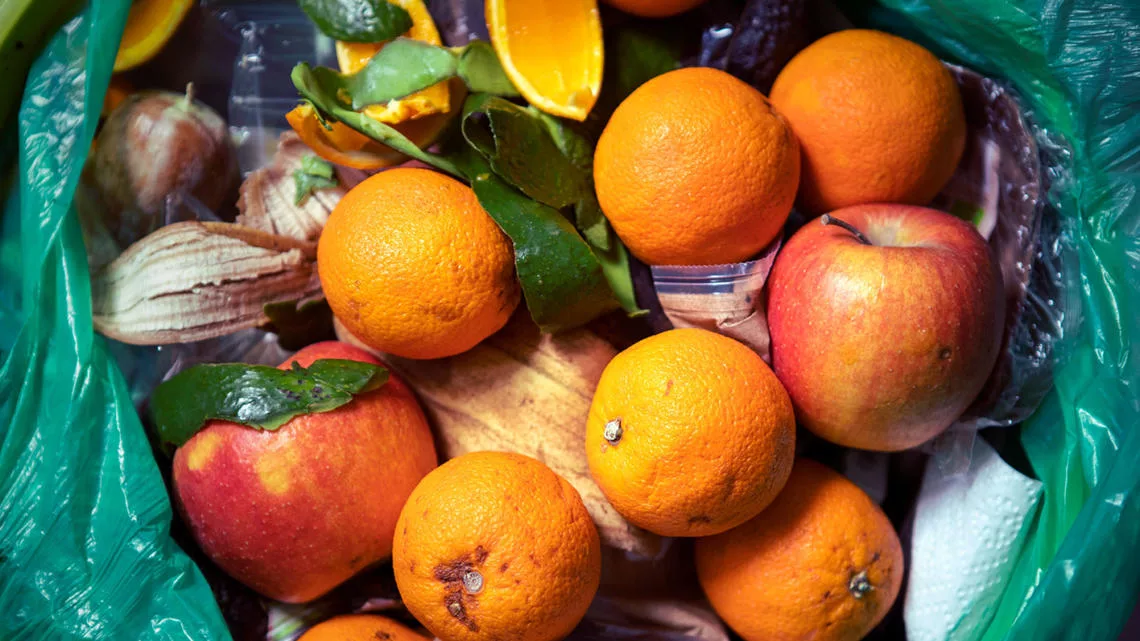One third of food produced is never consumed: this represents 8% of global GHG and a quarter of the water used in agriculture, as well as crop-land the size of China. Strong business, social and environmental drivers to tackle post-harvest loss and food waste include reducing nutritional loss across the key value chain stages from production to consumption, financial savings, resource use efficiency, higher performance and contribution to climate targets, food availability and better returns on investments for actors involved.
WBCSD is collating this series of case studies to scale private-sector action that tackles food loss and waste through fostering more knowledge-sharing and peer-learning.
- View Case Study 1 – OLAM – Understanding post-harvest loss of rice in Nigeria and palm oil in Gabon
- View Case Study 2 – DSM – Cheese ripening innovation cuts waste by up 7% with potential to save manufacturers’ € 200 million a year
- View Case Study 3 – IFF – Drying technology turns otherwise-lost spinach into viable new products
- View Case Study 4 – DuPont – Supporting plant-based foods by extending the shelf life of yogurts by ten days
- View Case Study 5 – Bayer – The tomato hybrids with double-shelf-life to address India’s transport challenge
- View Case Study 6 – Buhler – Tackling food loss through mycotoxin reduction in grains
- View Case Study 7 – Covestro – Boosting farmer incomes with solar-powered post-harvest technologies

